
Defence
Australian defence needs cannot be satisfied by existing technologies alone. Solutions to defence challenges have the potential to significantly advance the autonomy of robots, human-robot teaming, and trust.
Australia’s Defence Sector
The Australian defence sector is an essential part of the Australian economy, engaging thousands of Australian businesses and generating both direct and indirect employment. The defence industry in Australia constitutes about 10 per cent of total investment made by the public sector (i.e. all three levels of government – local, state and federal). In real terms, national defence expenditure was $AU8.4 billion (as at June 2017), an increase of 21.4 per cent from the previous year. Almost half (46%) of general government investment ($AU29.4 billion) goes to defence, compared to 43 per cent in the previous financial year.
The defence sector employs around 70,000 people and exports over $AU750 million of defence products and services. More than 3,000 SMEs are associated with the defence industry, accounting for approximately 50 per cent of all employment in the defence sector [AU17].
In response to international demand, the Australian defence industry has grown to be a world-class and technologically sophisticated industrial sector, offering enormous opportunity and innovative solutions. The Australian government has undertaken an integrated investment plan to create jobs and drive economic growth in the sector. It is expected that the defence budget will grow to two per cent of GDP by 2020-21, with the government to commit $AU34.6 billion in 2017–18 and $AU150.6 billion over the Forward Estimates (MD17).
Australian defence needs cannot be satisfied by existing technologies alone. Solutions to defence challenges have the potential to significantly advance the autonomy of robots, human-robot teaming, and trust. Such solutions could be applied in Australia, for national and international supply chains in defence, in other markets, and even in other sectors. Challenges for defence operations in wide-area and extreme environments are mirrored in other sectors of economic significance for Australia, such as agriculture, resources, healthcare, remote services, assets, and the environment.
Robotics can be the force multiplier needed to augment Australia’s highly valued human workforce and to enable persistent, wide-area operations in air, land, sea, subsurface, space and cyber domains. The economic challenges of the industry include building capability, fostering research and innovation, developing global supply chains and export, improving the efficiency of every dollar spent, and coping with opportunities and challenges of technological and digital disruptions.
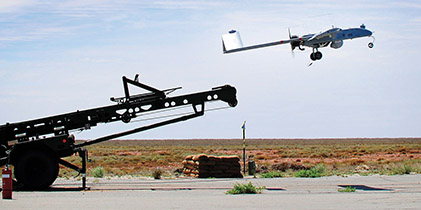
Protecting Australia requires coordination between the military, civil federal, state, and local security agencies ...
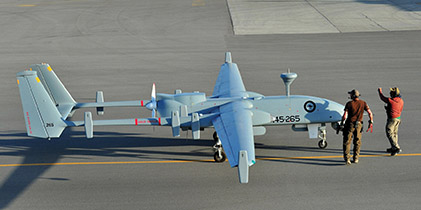
The Defence White Paper 2016 provides guidance on the ADF’s strategic direction and capabilities for the future. It aims for a more ...
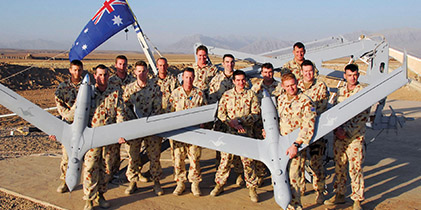
Defence systems are heavily reliant on computer ‘vision’ technologies. These technologies span the electromagnetic spectrum from radio ...
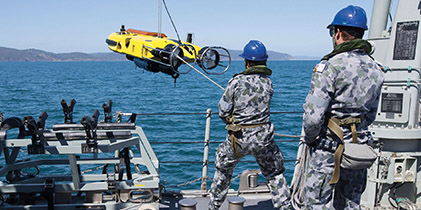
Network Centric Warfare development from the 1990’s accelerated the ADF’s networks that connect ISR assets, decision-makers, and ...
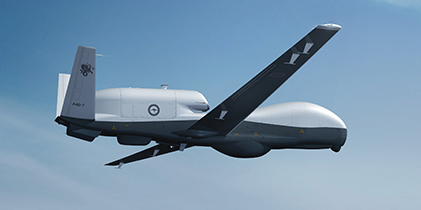
In Defence, most applications of field robotics have been in carefully-managed, or uncontested, situations with remote human pilots or ...

On moral grounds, some may contend that military operations should not be subject to the ...
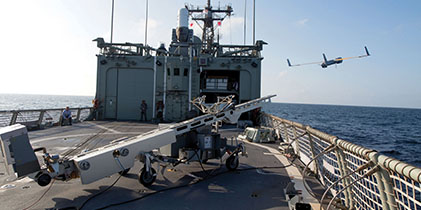
Military operations cannot be immune to the progress of automation and artificial intelligence evident in other areas of society ...
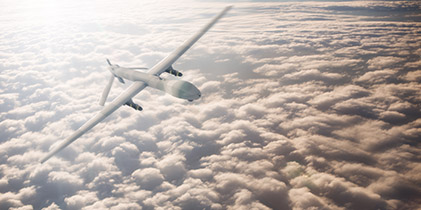
The Minister for Defence Industry, the Honorable Christopher Pyne MP, announced the launch of the Defence Cooperative Research Centre ...
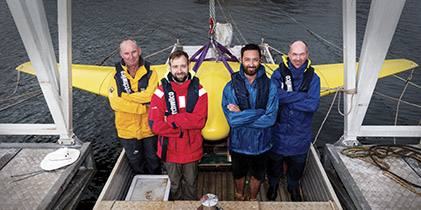
The trusted autonomous systems necessary for achieving Defence missions require research, development and fielding of systems under ...
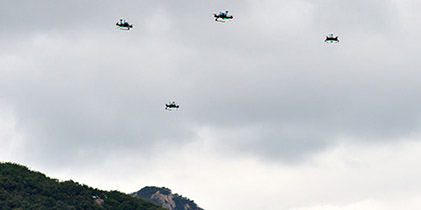
The key attributes from the Defence White Paper are mapped to capability streams as follows ...




